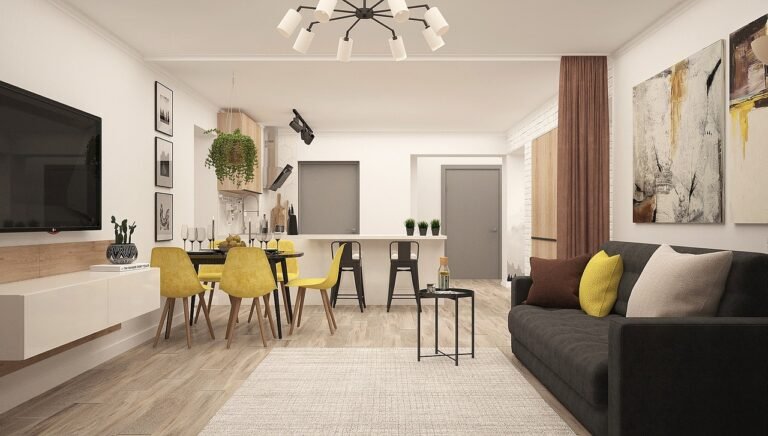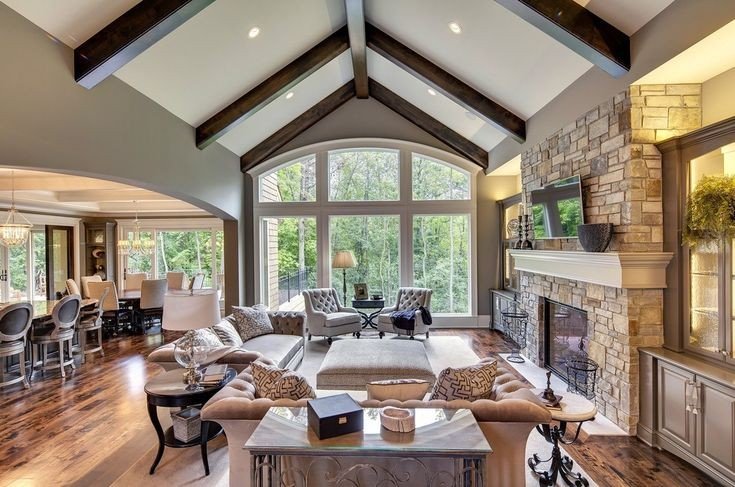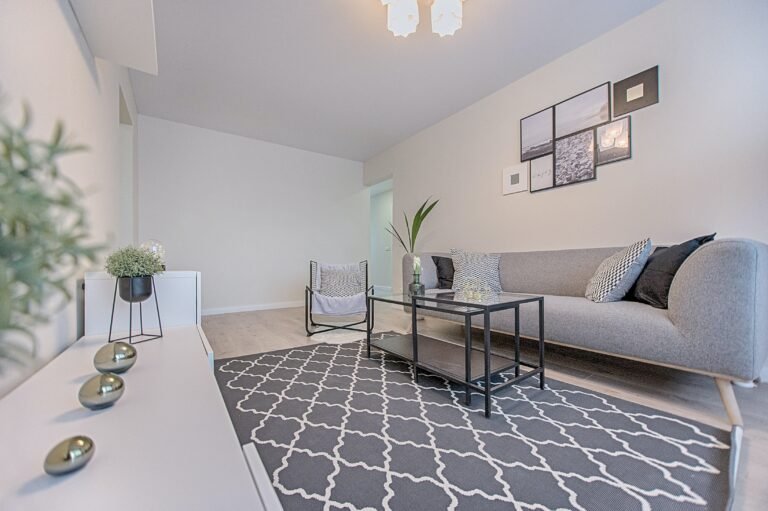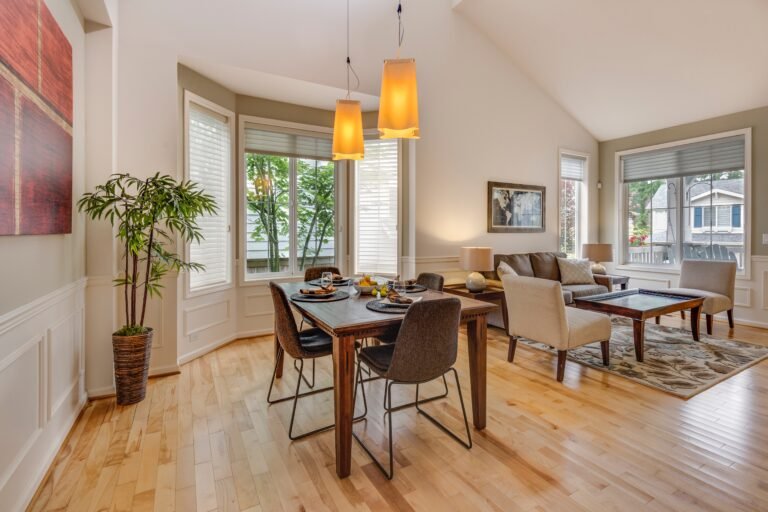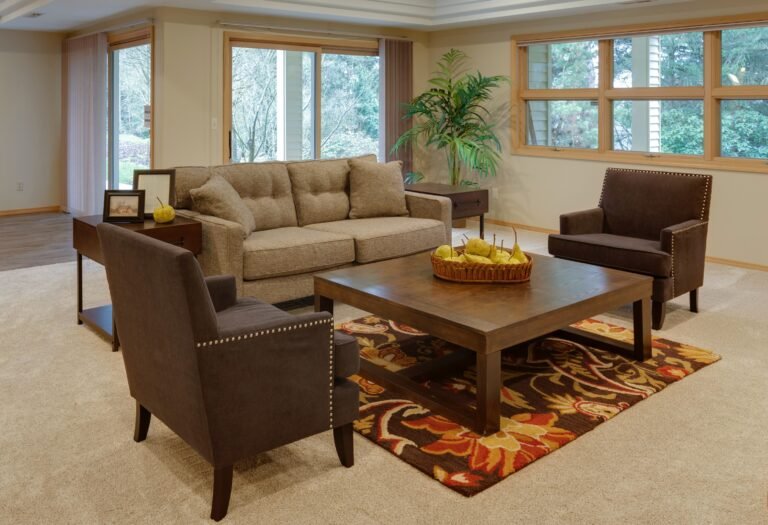How To Create A Kid-Friendly Living Room
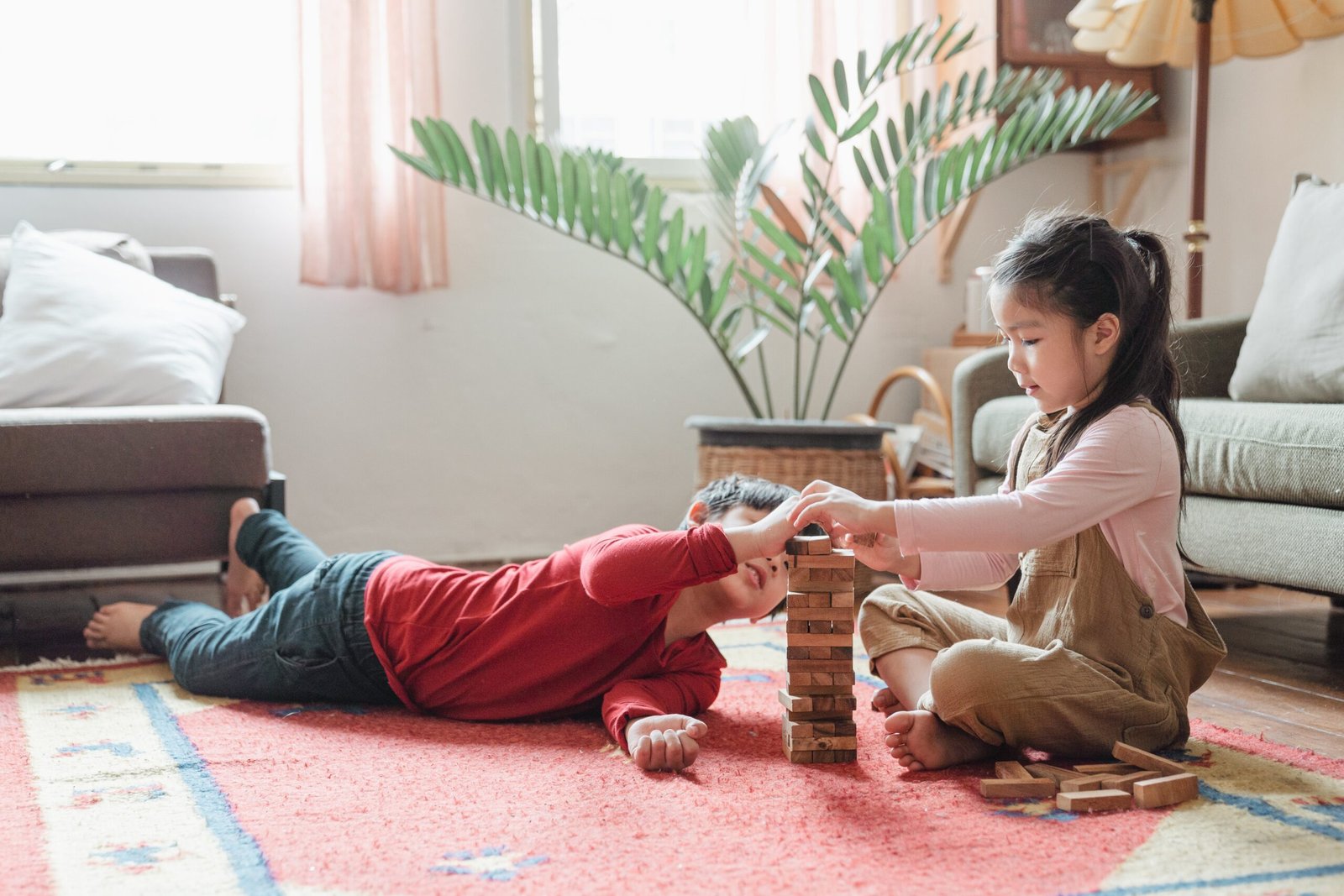
As a parent, creating a kid-friendly living room that is both stylish and functional can be quite a challenge. But don’t worry; with the right strategy, you can have it all! Whether your child is into art sports or just loves to lounge around streaming their favorite show on Netflix, I have some great ideas for setting up a space that will make them feel safe and excited about spending time with you in the living room.
From renter-friendly options like colorful rugs and accent walls of artwork to permanent investments like robust furniture pieces and even refreshing your existing décor choices – here’s our step-by-step guide on how to create a kid-friendly living room from drab to fab without going over budget.
Understanding your Child’s Interests
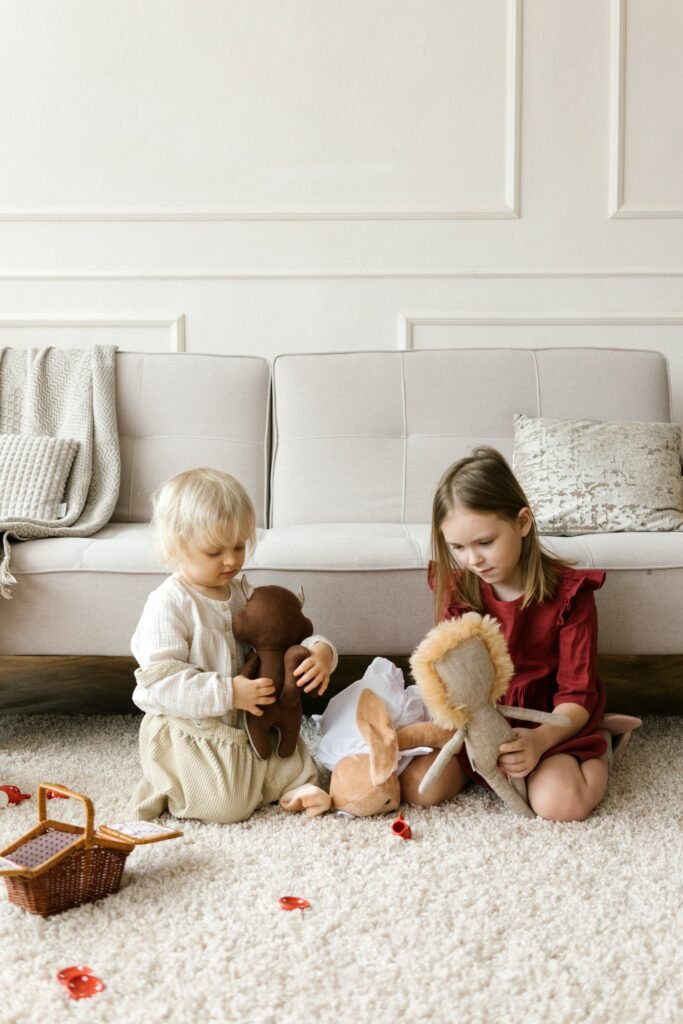
Understanding your child’s interests is essential in creating a kid-friendly living room. Each child is unique, exhibiting individual preferences, hobbies, and activities. So, get to know your child better.
Are they artistic, sporty, a young scientist, or a bookworm? Do they love playing with toys, watching cartoons, or engaging in imaginative play? These interests provide a roadmap to the kind of space that will inspire and support them.
For instance, if your child loves arts, consider a comfortable workstation with storage for art supplies. For the sporty kid, an open space for movement with a small indoor hoop or goal post could be great. A bookworm might appreciate a cozy reading nook with bookshelves within reach.
Knowing your child’s hobbies and activities will dictate your design decisions, ensuring the living room is a space where your kid can feel free, creative, and truly at home.
How to Create a Kid-Friendly Living Room
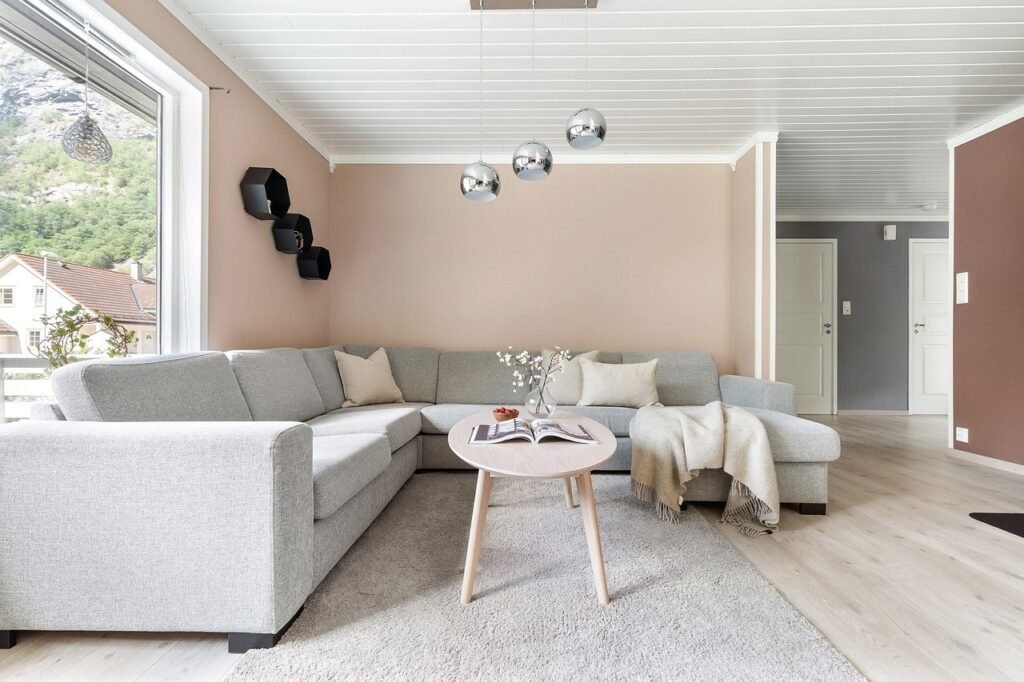
Let’s face it: kids can be messy and unpredictable. But that doesn’t mean creating a kid-friendly living room has to break the bank. Here are some budget-friendly tips to keep in mind when designing your space.
🏘 Safety First
Safety should always be your top priority when planning your kid-friendly living room. Begin by considering the materials of your furniture. Opt for non-toxic materials that are hypoallergenic and easy to clean, such as cotton, wool, and natural wood. Avoid materials like glass and metal, which can be hard and prone to causing accidents.
Next, baby-proofing the space is crucial. This process involves eliminating potential hazards that could harm your child. Pay attention to sharp corners on furniture; you can cover these with corner protectors. Be sure to secure heavy furniture to the wall to prevent toppling.
Electric outlets should be covered with safety caps when not in use. Window cords and blinds need to be out of reach, as they present a strangulation hazard. Also, consider securing your television to a wall mount to ensure it cannot tip over.
Last but not least, incorporate non-slip rugs and mats into your décor. Hardwood and tile floors can be slippery, posing a risk of falls. Non-slip mats and rugs add visual appeal to your living room and provide a safe surface for your child to play, sit, and move around on.
Remember, creating a kid-friendly living room balances fun with safety. By taking these precautions, you can ensure your child enjoys their time in the living room while staying safe.
🏘 Selecting Kid-Friendly Furniture
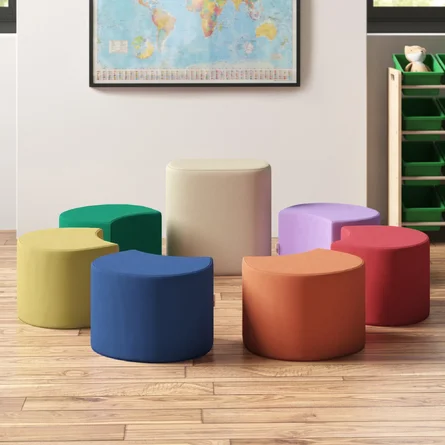
When it comes to choosing kid-friendly furniture, prioritize durability and stain resistance. Kids can be hard on furniture, so opt for pieces that can withstand rough use. Materials such as treated leather and microfiber are excellent choices as they are tough, easy to clean, and resist stains. Removable and washable cushion covers are also a great idea, making cleaning up spills or marks easy.
Moreover, including furniture at your child’s height empowers them to interact more freely with their environment and fosters independence. Consider low shelves for storing toys, books, and other belongings, allowing your child to easily access and organize their items.
Small chairs and tables are also great additions. These encourage activities like reading, drawing, and puzzle-solving, making a cozy spot for snack time.
🏘 Choosing the Right Colors and Patterns
When decorating your kid-friendly living room, choosing the right colors and patterns can make all the difference. Bright, cheerful colors create a playful atmosphere, while softer tones help create a calm and relaxing space. Incorporating different patterns such as stripes, polka dots, or geometric shapes can also add a fun touch to the room.
However, it’s important to strike a balance and avoid overwhelming the space with too many bold colors or patterns. Stick to a cohesive color palette and mix in small bursts of brighter hues or patterns for a harmonious look.
Additionally, opting for machine-washable curtains, rugs, and throw pillows can make it easier to maintain the cleanliness of your living room.
🏘 Adding Educational Elements

Why not make your kid-friendly living room a learning and growth space? Incorporating educational elements can be both fun and beneficial for your child. For example, you could hang up a world map or alphabet chart on the wall. You could also display children’s books or incorporate educational toys into the room’s design.
Another idea is to create a designated art corner where your child can explore their creativity and practice fine motor skills. Have a table or easel with art supplies easily accessible for them to use whenever they want. Not only will this keep them entertained, but it will also foster their imagination and artistic abilities.
🏘 The Role of Lighting
Natural light is always the best option, as it provides a warm and inviting atmosphere and has numerous health benefits for both children and adults. If natural light is limited, incorporate soft ambient lighting with lamps or string lights to create a cozy ambiance.
Also, be mindful of any harsh overhead lighting that can cause glare or make the room feel too bright and overwhelming. Instead, opt for softer lighting options and use dimmers to adjust the brightness as needed.
🏘 Storage Solutions

Let’s face it: kids come with a lot of stuff. Toys, books, art supplies – it all needs a place to be stored. That’s why incorporating storage solutions into your kid-friendly living room is a must. Consider using baskets, bins, or shelves to keep items organized and easily accessible for your child.
To prevent clutter, make it a habit to regularly go through and declutter the storage areas with your child. This keeps the space tidy and teaches them about organization and responsibility.
🏘 Create a Gallery Wall with Their Art
What better way to personalize a kid-friendly living room than by displaying your child’s artwork on the walls? Create a gallery wall using frames or string and clothespins, and let your child pick which pieces they want to showcase.
Not only does this add a personal touch to the space, but it also boosts your child’s self-esteem and confidence in their creative abilities. Plus, it’s an ever-changing display that can be easily updated as your child creates new masterpieces.
🏘 Buy Kid-and Pet-Friendly Foliage

Adding plants to your living room adds a natural element and has numerous health benefits. However, it’s important to choose safe and durable foliage when it comes to kid-friendly living rooms.
Opt for non-toxic plants with sturdy leaves, such as spider plants or rubber trees. You can even involve your child in caring for the plants, teaching them responsibility and the importance of caring for living things.
🏘 Keep Surfaces Easy to Clean
Kids are prone to making messes, so choosing furniture and surfaces that can be easily wiped clean is important. Avoid fabrics that stain easily or require special cleaning methods.
Opt for leather or vinyl upholstery, as they are durable and simple to clean. You can also add washable slipcovers to your couches and chairs for added protection against spills and stains.
🏘 Create a Play Area
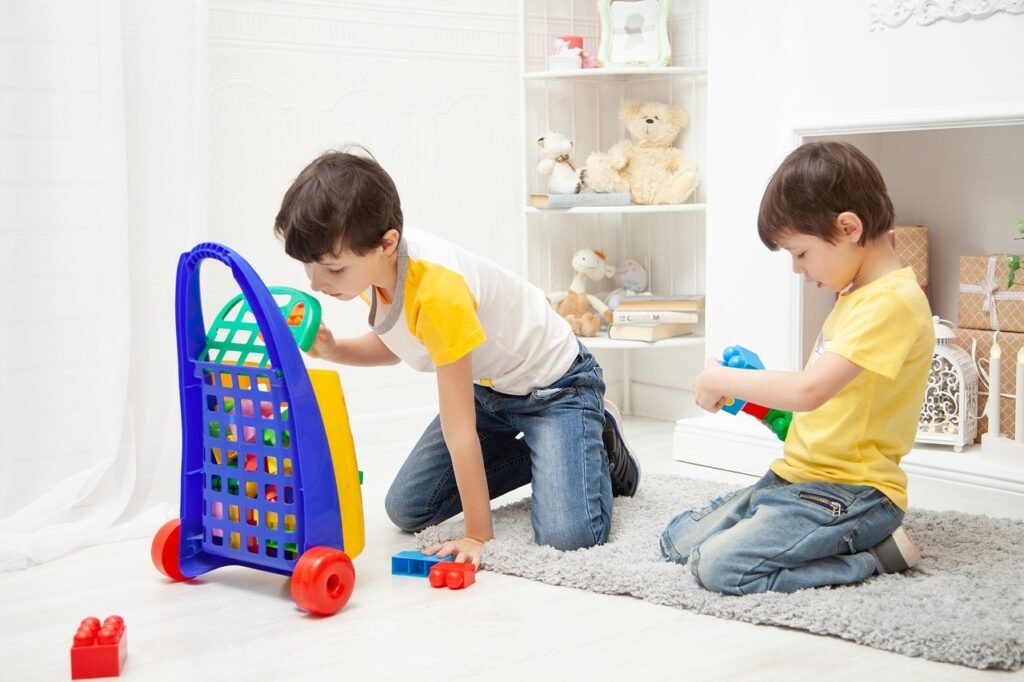
Inevitably, kids will want to play in the living room. Instead of constantly telling them not to touch certain things, designate an area specifically for play. This can be a corner with a toy box or a bookshelf filled with age-appropriate toys and books.
Not only does this keep the rest of your living room organized, but it also gives your child a designated space to play freely. You can even involve them in setting up the area and choosing which toys to include.
🏘 Add Soft Surfaces
Consider adding soft surfaces to your living room to prevent any bumps and bruises during playtime. This could be a plush area rug or floor cushions for your child to sit and play on.
For added safety and comfort, you can also add corner guards to sharp edges of furniture. Knowing your child is protected while playing in the living room will give you peace of mind.
🏘 Give Pets Their Own Space
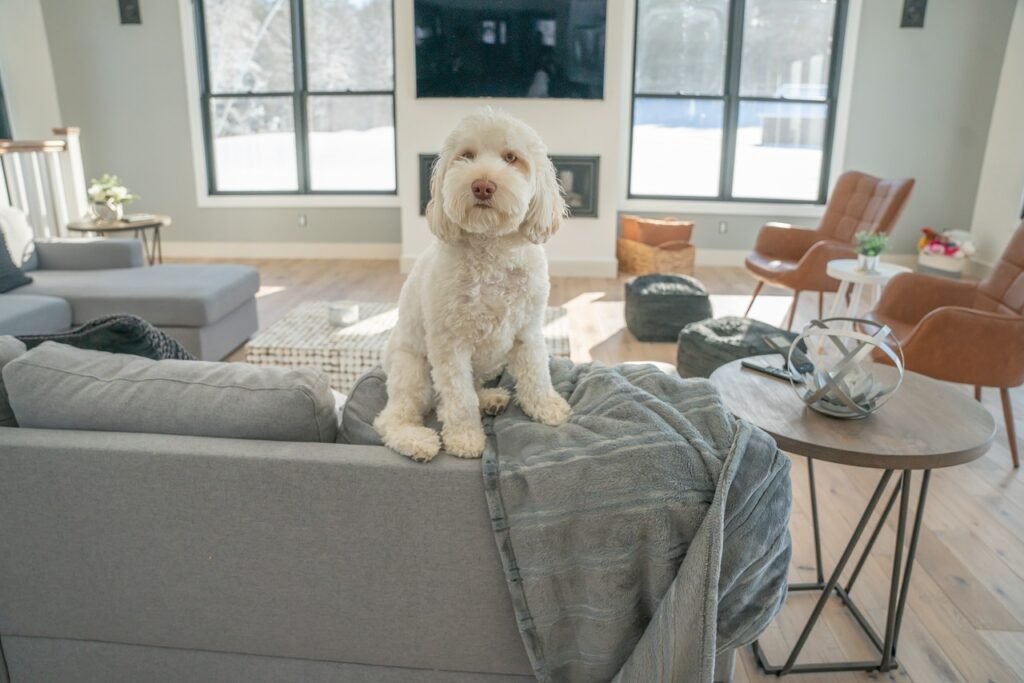
If you have pets in your home, it’s a good idea to allocate a specific area for them in the living room, too. This keeps their toys and bedding in one place and provides a spot where your child knows not to disturb them.
Consider providing a comfortable pet bed and a basket for pet toys. If your pet is crate trained, keep the crate in the living room to give your pet a safe, quiet space of their own. Make sure to set boundaries for both the child and pet, ensuring safe and harmonious interactions.
For example, teach your child to respect the pet’s space, especially when the pet is in their designated area. This approach will help create a kid-friendly living room that also accommodates your beloved pets.
🏘 Baby Gates
Baby gates are a great tool to ensure your child’s safety in the living room, especially if you have stairs or areas that you’d prefer they steer clear from. They can be used to barricade potentially dangerous areas or to create a safe play zone, preventing the child from wandering off unsupervised.
There are different types of gates available, such as hardware-mounted gates, which are perfect for blocking stairs, and pressure-mounted gates that can be easily moved around the house. Choose a gate that best fits your living room layout and safety requirements.
Always ensure the gate is securely installed and tall enough to prevent your little one from climbing over. This is another crucial step in creating a kid-friendly living room where your child can explore and play safely.
🏘 Put Surveillance Cameras
While surveillance cameras may seem like a measure for more cautious parents, they can be incredibly useful in creating a kid-friendly living room. They provide added security and peace of mind and allow you to keep an eye on your child while you take care of other things around the house. You can quickly check up on them using your phone or any smart device and make sure they are safe and sound.
In addition, it also serves as an excellent tool for monitoring your pets’ behavior when you’re not around. This way, you can ensure that your child and pet are getting along well in the living room even when you’re not physically present.
Frequently Asked Questions
Q: How can I child-proof my living room without compromising style?
Many stylish options exist for child-proofing. Choose furniture with rounded edges, secure bookcases, and heavy furniture to the wall, and use cordless window coverings to prevent accidents.
Q: How can I create a dedicated play area in my living room?
Divide your living space using area rugs, bookcases, or child gates. Ensure plenty of storage for toys, and consider adding a small table for arts and crafts.
Q: What kind of lighting is best for a kid-friendly living room?
Soft, warm lighting is best for a kid-friendly living room. A combination of overhead, ambient, and task lighting can create a cozy and functional space.
Q: How can I protect my living room floors from damage?
Use area rugs or mats to protect hardwood floors from toy damage. For carpeted areas, a carpet protector can help prevent stains.
Q: What are some kid-friendly wall decor ideas?
Consider using decals, kid’s artwork, or high-mounted shelves to display decor. Make sure any wall decorations are secure and out of reach of little hands.
Conclusion
Creating a kid-friendly, enjoyable living room doesn’t have to be overwhelming. With the right décor, furniture, and toys, you can create an area that your children will love without sacrificing style and class. Even if you don’t want to commit to a kid-friendly décor choice for the entire house, it’s beneficial for parents to have at least one room designed with their kids in mind; this way, there are allocated spaces where both adults and children alike can play and relax.
With all these tips in mind, get creative, and don’t forget that there is no right or wrong when it comes to interior design! Everyone has different tastes, and what works for one family may not work for another. No matter how you design your family’s living room, make sure the space is safe and fun – because, at the end of the day, that’s what matters most.

